Toplensje for a reasonable price. Full lens in a very small package. Manual focus is tricky and not really recommended, but the autofocus works reasonably fast and accurate. Sharpness wide open is already very usable and is plugging even better.
Pros
- Price
- Format
- Sharpness
- Near-silent focus
- Reasonably bright
- Flare resistant
Cons
- Manual focus does not work nice
- Vignetting
- CA is clearly visible in the corners
Final conclusion
Score: 4Per criterion
AF speed
Score: 3
Introduction
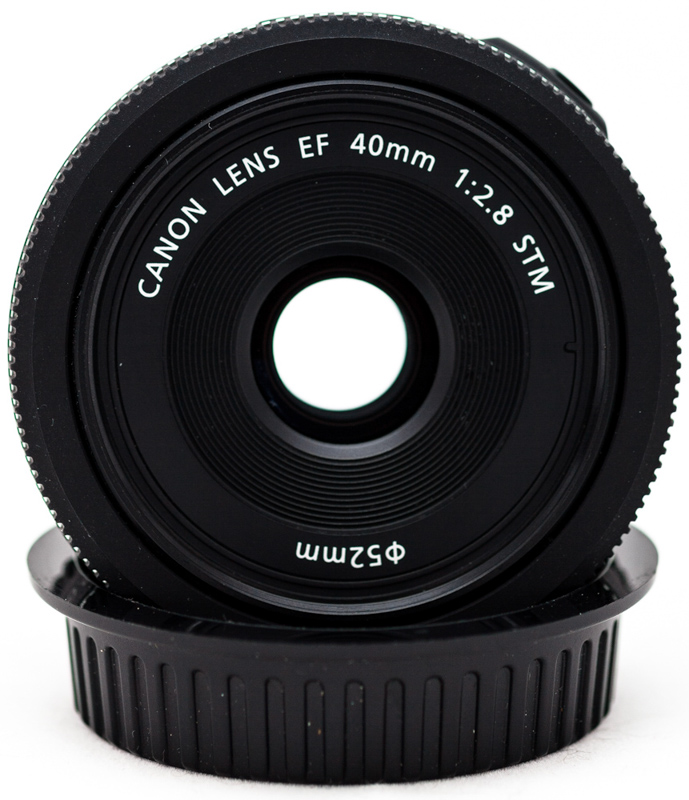
After years of having shot with the 50mm, I wanted a lens to have something wider but not too wide as my Zeiss 21mm. 35mm is not my thing, but sometimes you still need to get a particular shot. And then along came Canon with this cute lens for a reasonable price. I have the first test results are awaited, because I wanted a lens that I at any aperture could have a good use. And in October 2012 was the day: I had a new pancake in my possession (I already had a Minolta Rokkor 45mm f/2).
Build, and ergonomics
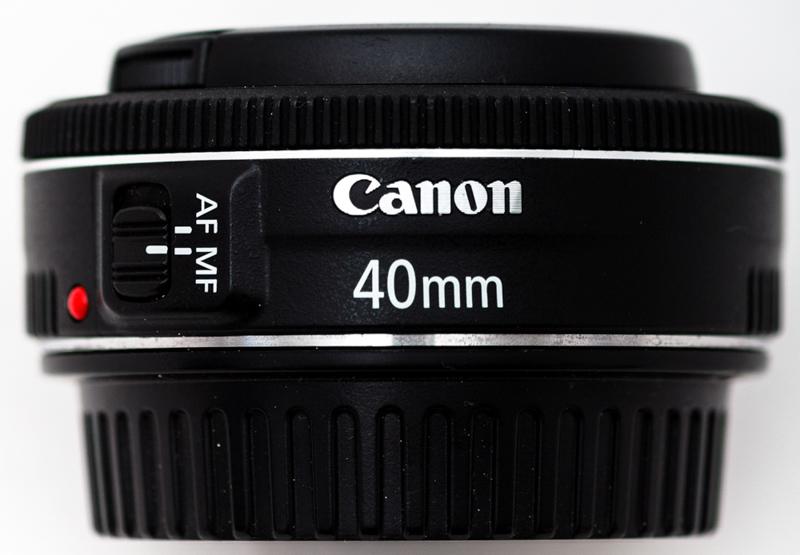
The lens itself weighs only 130gram and is barely larger than a lens cap, so there’s not much material is needed for this lens to feel. The plastic feels good and solid and the focus ring moves smoothly. Focus with this lens with “focus by wire”, so there is power from the camera need to focus. Manually focusing with this lens is very tricky. You spin the ring, but as you can see, the focus does not evenly change, which is quite annoying if you using a tripod for a landscape you want to shoot with liveview. The auto focus works smooth enough, and quiet operation by the stepper motor (STM), but don’t expect USM speed. There’s also an AF/MF switch on the lens.
Methodology
I have always shot from a tripod with a cable release. The raw files through Lightroom, converted to jpg with the default sharpening (25), but without lens (no vignetting, and CA corrections).
Sharpness at “infinity”
Center sharpness

Wide-open sharpness is already very good, but plugging provides more contrast. From f/5.6 the centre is not more sharper and at f/11, there already is a blur due to diffraction is visible.
APS-C hoekscherpte

Also here, wide-open good sharpness, plugging provides a small profit on, in terms of sharpness and contrast, but don’t expect miracles.
Fullframe hoekscherpte

This is, of course, the very hardest thing for a lens, but the Canon 40mm f/2.8 does it absolutely not bad. At f/2.8 a bit soft, but plugging helps, certainly, and from f/5.6 maximum hoekscherpte reached. There are a lot more expensive “50’ish” lenses that this hoekscherpte not reach. However, here, you see clear APPROX. But that is in post-processing easy, invisible way to get.
Sharpness close
Center sharpness

Also there we see good center sharpness wide-open. Plugging to f/4 only provides for a bit more contrast.
APS-C hoekscherpte

Wide-open-apart from vignetting already great in terms of sharpness, but plugging it to f/4 makes for really more sharpness.
Fullframe hoekscherpte

Here plug really meaning. From f/5.6 there is no real profits to achieve.
Vignetting

In the scherptetest it was quite visible, but the vignetting is really a point of attention. Plugging to f/4 is really needed and from f/5.6 it is no issue anymore.
Flares
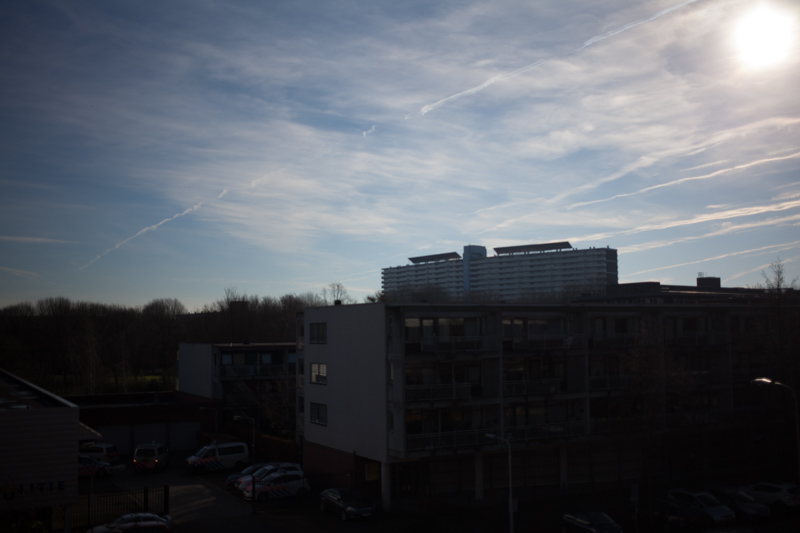
The picture above is taken at f/2.8 with the sun in the image, and this provides basically no bothersome flares. Also with the sun outside the image I can not do anything special to discover.
Bokeh
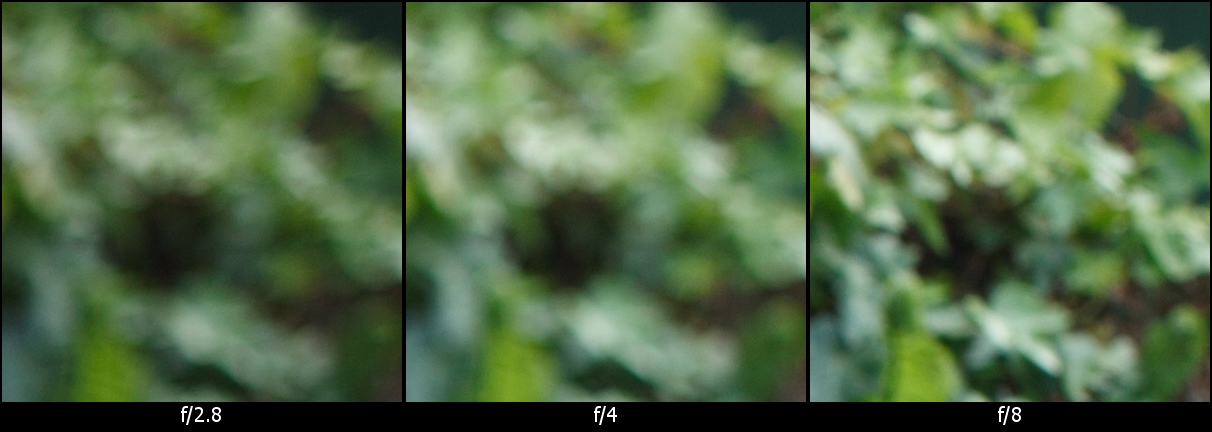
The bokeh is reasonably soft, but still here and there some hard edges. Plugging yields no clearer edges by the aperture blades enables.
Conclusion
For me personally, it was the Canon 40mm f/2.8 STM lens for it and it is me in the last 3 years good. The times that I needed him, he made sure not to disappoint. It is not a wonderlens, absolutely not. The sharpness wide-open is simply good, but plugging produces some profit. It is a cheap lens and easy to carry in your camera bag or pocket  for many Years was the Canon 50mm f/1.8 is the first prime lens that Canon-owners bought, but I recommend this lens rather than the 50mm. The reasons are simple: optically better and on aps-c wider use thanks to its slightly larger angle of view.
for many Years was the Canon 50mm f/1.8 is the first prime lens that Canon-owners bought, but I recommend this lens rather than the 50mm. The reasons are simple: optically better and on aps-c wider use thanks to its slightly larger angle of view.
Additional photos

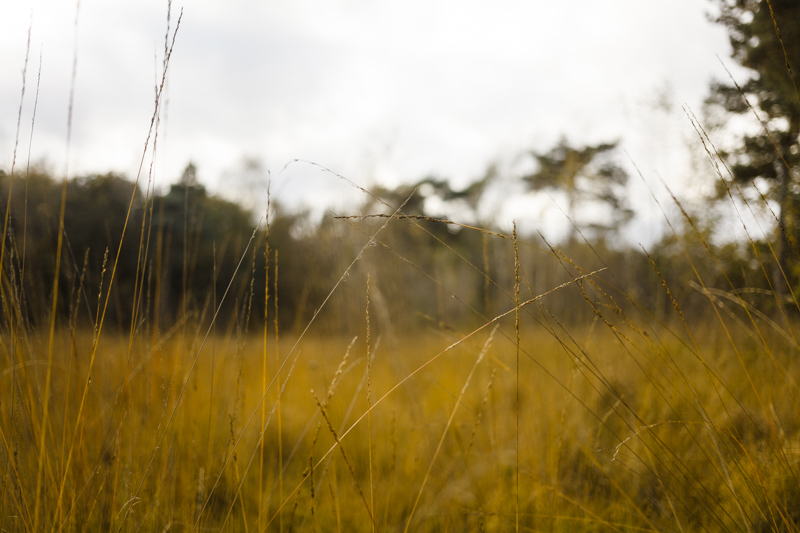

Used in combination with:
- Canon EOS 5D Mark II Black
View all images:
















